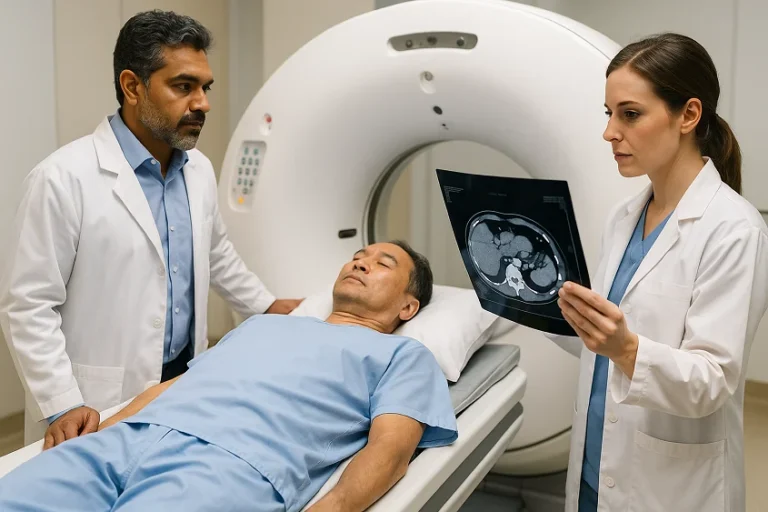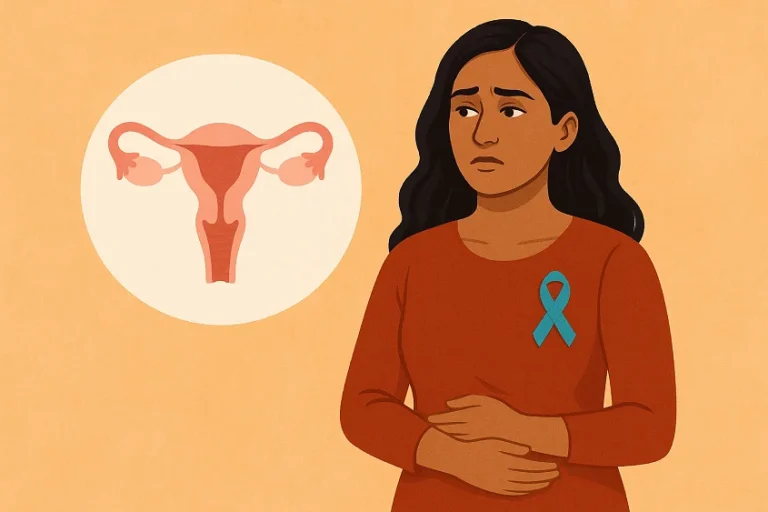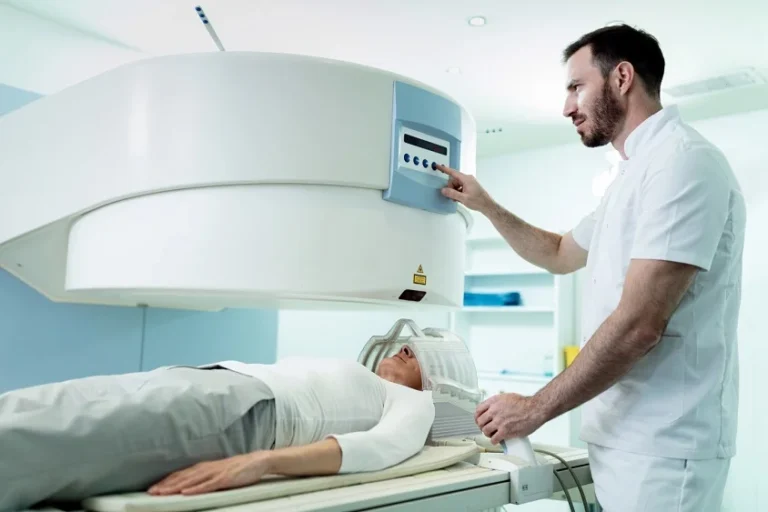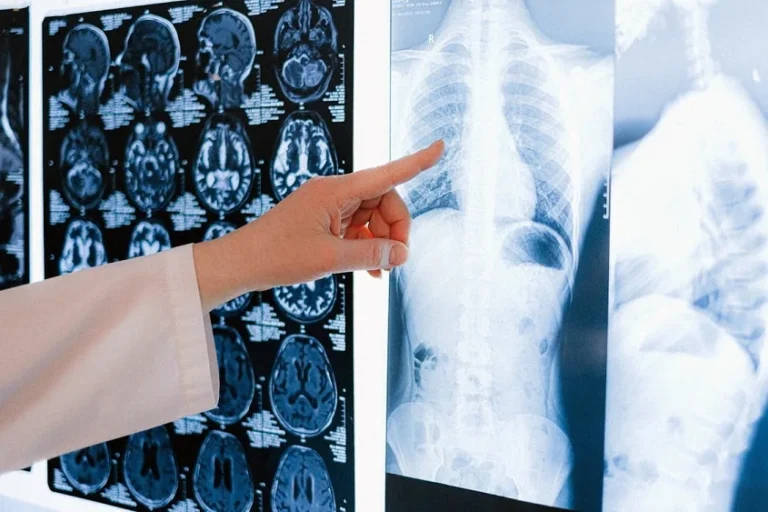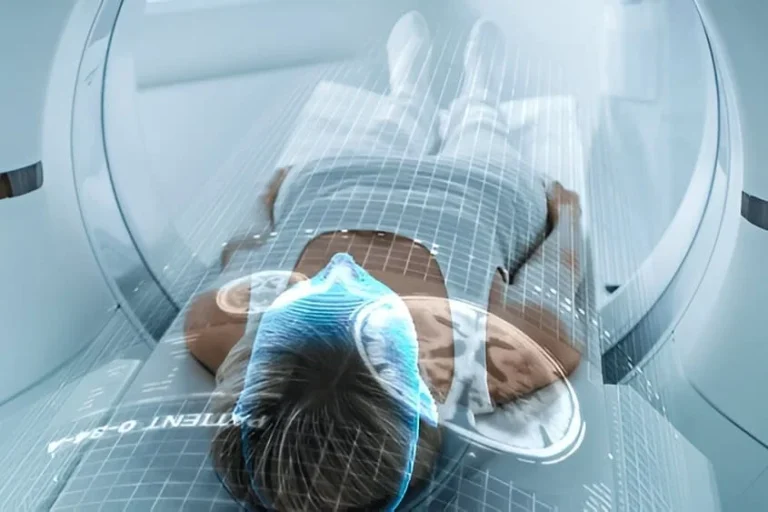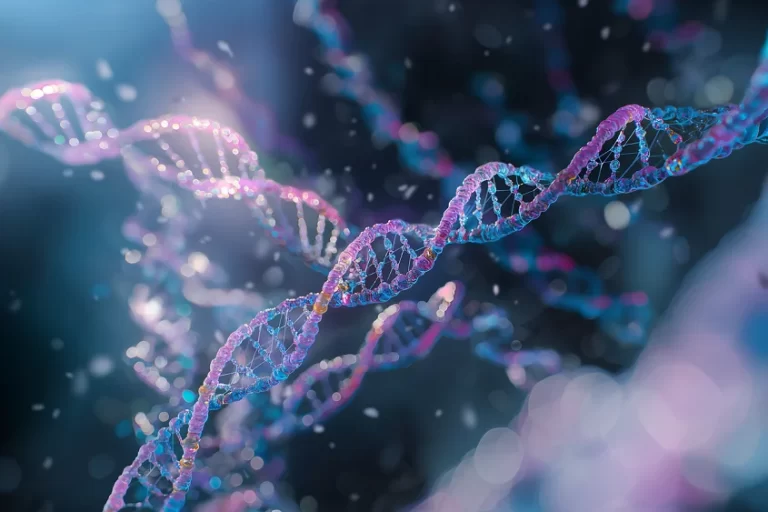Browsing: Cancers
 The page provides quick access to a list of common diseases, syndromes, health conditions, and other topics of health importance related to cancer. The list is organized alphabetically. Links are provided to respective diseases sections that serve as a comprehensive and ultimate guide about the disease or health condition.
The page provides quick access to a list of common diseases, syndromes, health conditions, and other topics of health importance related to cancer. The list is organized alphabetically. Links are provided to respective diseases sections that serve as a comprehensive and ultimate guide about the disease or health condition.
For normal growth and development of our body, cells continue to grow and divide to form new similar type of cells. If any cell starts dividing abnormally, it develops into a tumor which leads to cancer formation. Cancer can occur in any part of the body such as affecting the blood cells, bone, nerve, adrenal gland, ovaries etc.
There are several reasons that can turn a normal body cell to develop abnormally and become cancerous. Significant factors which can lead to various types of cancers are due to exposure of chemical or toxic compounds, ionizing radiation, certain pathogens and human genetics.
Cancer is among the leading causes of death worldwide. In 2012, about 14.1 million new cases and 8.2 million cancer-related deaths have been reported around the world. In women, breast cancer is most prevalent, whereas in men, prostate cancer is quite frequent. Lung cancer and colorectal cancer affect both men and women with high incidence rate.
There are over 200 different types of cancer. The most common type of cancers are breast cancer, lung and bronchus cancer, prostate cancer, colorectal cancer, skin cancer, bladder cancer, non-Hodgkin lymphoma, kidney and renal pelvis cancer, endometrial cancer, leukemia, pancreatic cancer, thyroid cancer and liver cancer.
Dynamic Phase CT (DPCT) in Cancer Diagnosis and Prognosis
Understanding Dynamic Phase CT (DPCT) in Cancer Care When cancer comes back after surgery or treatment, doctors often rely on…
Ovarian Cancer: The Low-Down of What Every Woman Needs to Know
Ovarian cancer begins in the ovaries of women. Women have two ovaries on either side of the uterus, which produce…
Advances in Cancer Treatments That Could Replace Conventional Radiotherapy
Conventional radiotherapy has always been part of the treatment arsenal for cancer. Life-saving radiotherapies may be due to X-ray beams…
A mesothelioma diagnosis can alter one’s life. It usually appears decades after initial asbestos exposure. It is a deadly, uncommon…
Cancer continues to be one of the most pressing global health challenges, with an estimated 9.7 million deaths annually. By…
Clinical research plays a crucial role in advancing treatments and improving patient outcomes. In the field of cancer studies, the…
In many cases, the first sign of a serious health condition is something that the person themselves notices. A mark,…
Cancer detection is an important process that helps identify the presence of cancerous cells early enough to improve treatment outcomes.…
Advancements in Early Detection Technologies: A Ray of Hope in Breast Cancer Prevention
Breast cancer is a daunting disease that affects millions of women worldwide. However, with advances in medical science, the outcomes…
Introduction: A Cancer Screening Conundrum Prostate cancer screening is a hot-button issue in the medical community. With the potential to…




